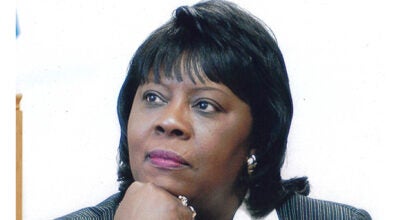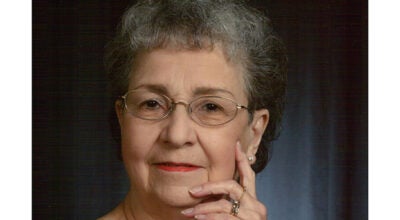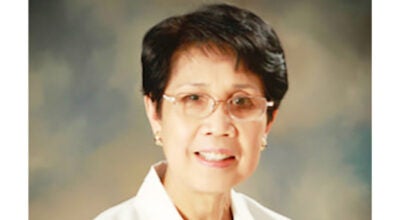7 reasons why ‘Hunger Games’ slays ‘Twilight’
Published 5:21 pm Wednesday, July 30, 2014
The next great young-adult movie franchise is already giving some sparkly, angst-ridden vampires a run for their money. Suzanne Collins’ “Hunger Games” book trilogy has already caught fire among a wider demographic of readers, and the movie – opening Friday — is poised to break opening weekend records set by “Twilight.”
Entertainment Weekly once drew the obvious comparison between Collins’ series and Stephenie Meyer’s “Twilight” novels about Bella and the vampire and werewolf who fight over her.
I’ll go a step further: The “Hunger Games” is so much better. So Cari Rerat, teen librarian for the Joplin, Mo., Public Library, helped me out with some of the reasons that the competitors in the “Hunger Games” will devour those sparkly bloodsuckers.
Better story: “Hunger Games” is set in a world where the people of 12 districts scattered across what used to be North America lost a war against the ruling country Panem. Every year, two teens from each district must fight to the death in the Hunger Games, a bizarre mashup of sports and reality TV that passes for entertainment. Yeah, it sounds like “Running Man,” but it’s a lot more intriguing than the old vampire vs. werewolf angle.
Better lead female: Katniss Everdeen, the series’ heroine, is no Bella. After her little sister is chosen for the Hunger Games, she volunteers to take her place. She’s a deadeye with a bow and arrow, she can think on her feet and she shows plenty of emotions in choosing who she protects and who she kills.
That makes her more superhero than heroine. By comparison, Bella is just a damsel in distress. In other words, Katniss kicks butt, while Bella falls on hers.
“Readers want to be Katniss because she’s amazing and can save herself,” Rerat said. “Readers want to be Bella because she’s being fought over by two hunky guys.”
Better characters: Katniss’ world is filled with memorable, believable characters, from Haymitch (her trainer and adviser for the games) to Cato (her fiercest, deadliest competitor). Even some of Panem’s soulless, Games-loving citizens — from a couple of celebrity stylists to the president himself — are interesting.
“The characters are more fleshed out, more believable, more real,” Rerat said.
I agree. Especially two characters close to Katniss’ heart…
More believable love triangle: Katniss’ feelings are torn between Gale Hawthorne, her hunting partner before the Games, and Peeta Mellark, the other competitor from Katniss’ district. Romance takes a back seat, until it becomes part of the game.
Things are a lot more complicated for Katniss, who is much more interested in living than loving. The triangle sets up some interesting developments throughout the series.
Better action: The difference is mainly because of the characters. Things happen to “Twilight’s” Bella, but “Hunger Games'” Katniss makes things happen.
The result is that “Twilight” reads more like a diary — there’s too many words devoted to catching up Bella, and readers, to what has been going on. The books in the “Hunger Games” series are page-turners, because readers are thrust into the middle of intense action.
Larger, more relevant issues: “Twilight” doesn’t really have a lot to say outside of its story. But the events in “Hunger Games” speak to larger issues.
The reality-TV show aspect is obvious. But some of the questions that float in the background deal with Panem, and what sort of citizens would institute such a barbaric form of punishment as entertainment. And who are we to enjoy such a thing?
Better message and moral: When you strip away all the action, characters and situations, Collins’ message is a lot more satisfying than Meyer’s.
“There’s more humanity. ‘Hunger Games’ teaches us about ourselves,” Rerat said. “It teaches us that even the weak are strong. ‘Twilight’ teaches us that you have to find obsessive love to find your strength.”
—-
Joe Hadsall is the features editor at The Joplin, Mo., Globe.





